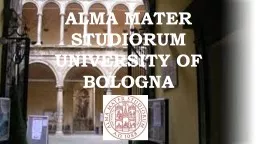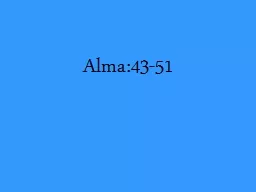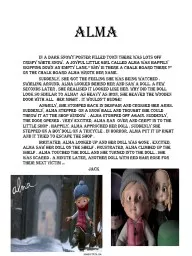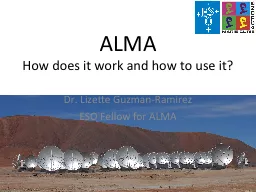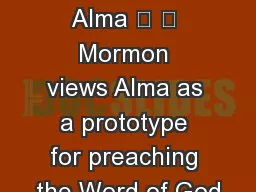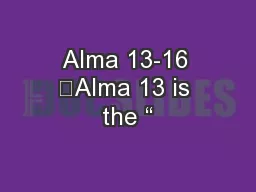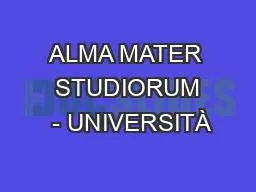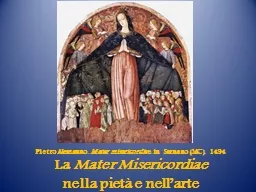PPT-ALMA MATER STUDIORUM
Author : test | Published Date : 2019-11-22
ALMA MATER STUDIORUM UNIVERSITY OF BOLOGNA 1 The CMI Work Regarding Ship Nomenclature Guest Speaker Dr Massimiliano Musi PORTOROŽ 2628 May 2016 2 The PROBLEM Is
Presentation Embed Code
Download Presentation
Download Presentation The PPT/PDF document "ALMA MATER STUDIORUM" is the property of its rightful owner. Permission is granted to download and print the materials on this website for personal, non-commercial use only, and to display it on your personal computer provided you do not modify the materials and that you retain all copyright notices contained in the materials. By downloading content from our website, you accept the terms of this agreement.
ALMA MATER STUDIORUM: Transcript
Download Rules Of Document
"ALMA MATER STUDIORUM"The content belongs to its owner. You may download and print it for personal use, without modification, and keep all copyright notices. By downloading, you agree to these terms.
Related Documents

